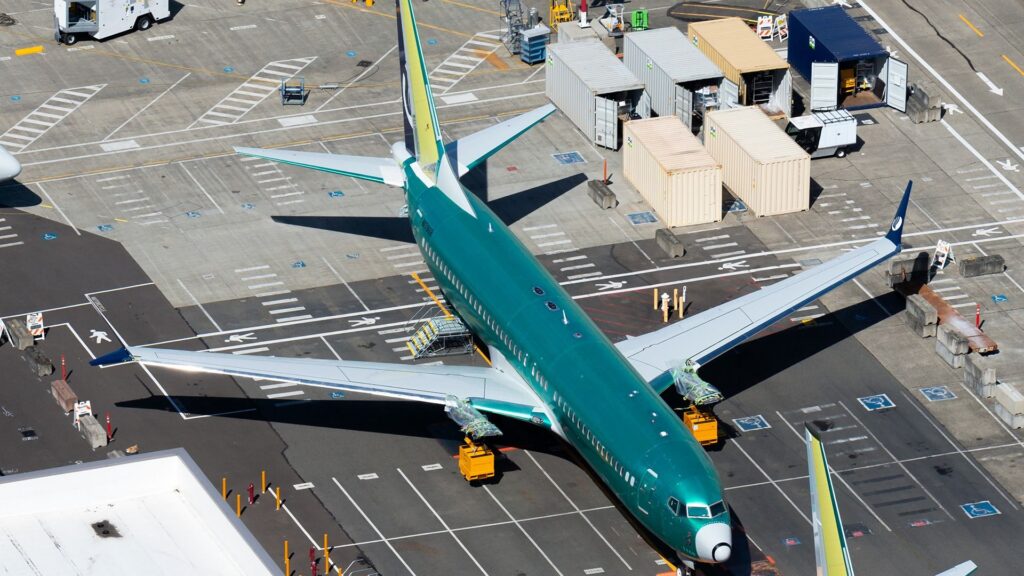
Boeing and approximately 3,200 striking machinists in St. Louis will involve a federal mediator in their upcoming contract negotiations. The workers, represented by the International Association of Machinists and Aerospace Workers District 832, have been on strike since August 4, 2025, affecting major defense manufacturing sites in St. Louis, St. Charles (Missouri), and Mascoutah (Illinois). The union has been advocating for higher wages and improved working conditions as they maintain advanced fighter jets and other critical defense systems.
Negotiations are set to recommence on September 30, 2025, with the federal mediator expected to facilitate discussions. The strike, now in its ninth week, has reached 53 days as of September 26, 2025, matching the duration of a previous strike last year by machinists in the Northwest, who primarily produce Boeing’s commercial aircraft. That earlier walkout concluded with Boeing making substantial concessions, including a 38% wage increase over four years.
The current strike follows a rejection of Boeing’s last two contract offers by the union members. Recently, workers voted in favor of a proposal put forth by the union, which included a $10,000 ratification bonus—more than double Boeing’s initial offer of $4,000. The proposal also addresses critical issues such as pay increases for top-scale employees and enhancements to 401(k) benefits. Boeing described the rejection as “disappointing” and characterized the revised contract as the most competitive package offered to its St. Louis workforce.
Brian Bryant, International President of the IAM, expressed support for the union members’ decision, stating, “Our members stood up with courage and voted for a fair, responsible pathway to end this strike. Now, Boeing must honor that decision, accept this deal, and show respect for the skilled workers who are the backbone of its defense business.”
Financial Impact and Company Response
Boeing is currently experiencing less financial pressure than it did during the previous strike in 2024. According to Richard Aboulafia, managing director at AeroDynamic Advisory, this strike focuses on military programs that are either in low-rate production or still undergoing testing. This contrasts with the 2024 strike, which affected the highly profitable Boeing 737 narrowbody aircraft program. Aboulafia noted that the U.S. government has already funded much of the equipment and components for the fighter jets, thereby reducing the financial impact of idle parts during the strike.
In light of the ongoing labor dispute, a spokesperson for Boeing indicated that the company might consider hiring replacement workers, with hundreds of applications already submitted following a recent job fair. Despite the strike, Boeing has managed to deliver one F/A-18 and one F-15 aircraft and produced 3,120 JDAM bomb-modification kits since the strike began.
Lessons from Last Year’s Strike
The previous strike concluded on November 4, 2024, after a seven-week walkout that disrupted Boeing’s production and delayed aircraft deliveries. The resolution came when union members in the Northwest approved a labor agreement that included a 38% wage increase over four years, alongside various other improvements. This historical context underscores the potential impact of the current negotiations on both the workers and the company.
As the negotiations with the federal mediator approach, the outcome remains uncertain. Both Boeing and the striking machinists are keen to find a resolution that addresses the workers’ demands while ensuring the company can sustain its vital defense production efforts. The situation continues to evolve, with stakeholders closely monitoring developments in this significant labor dispute.






